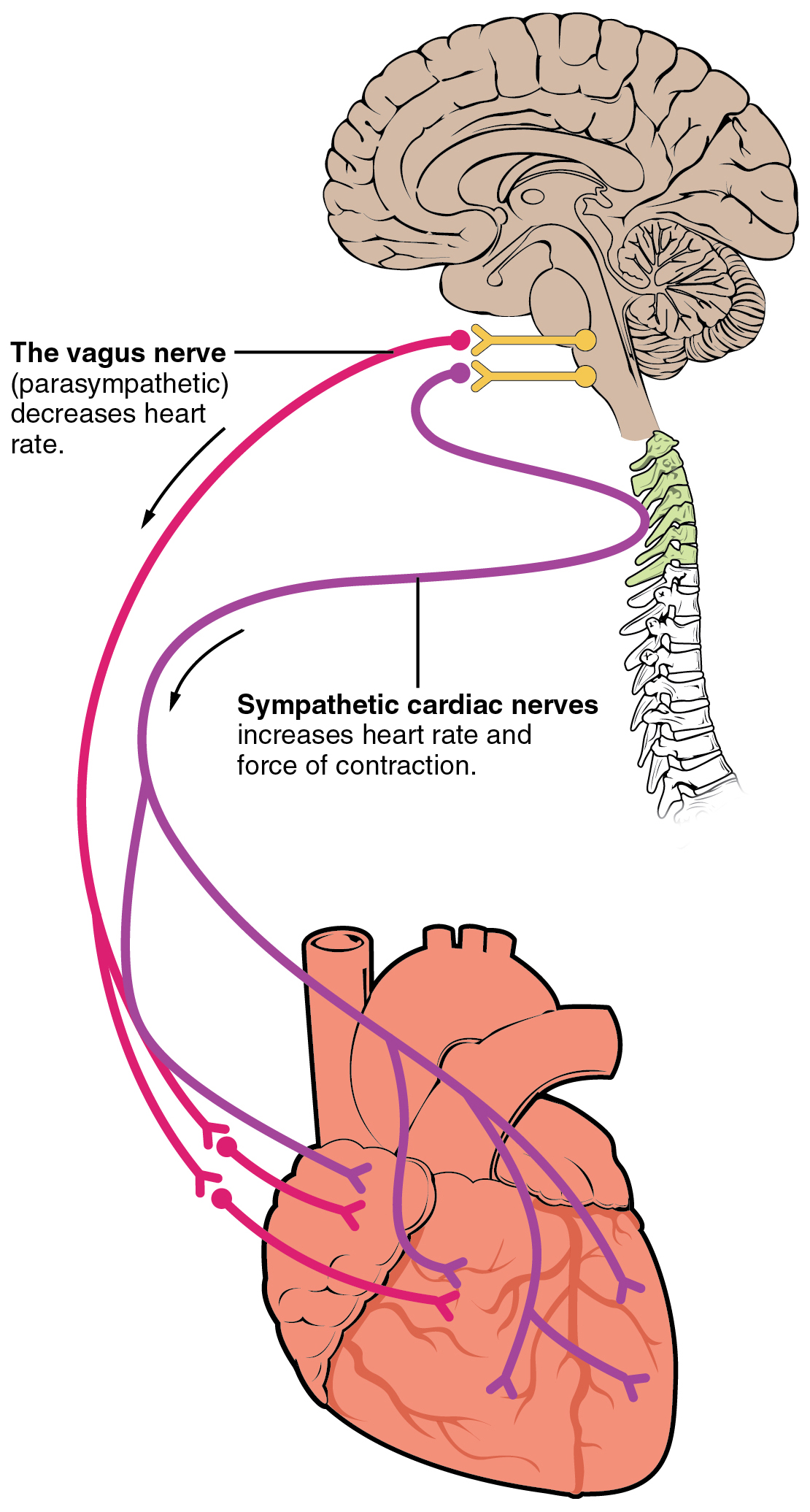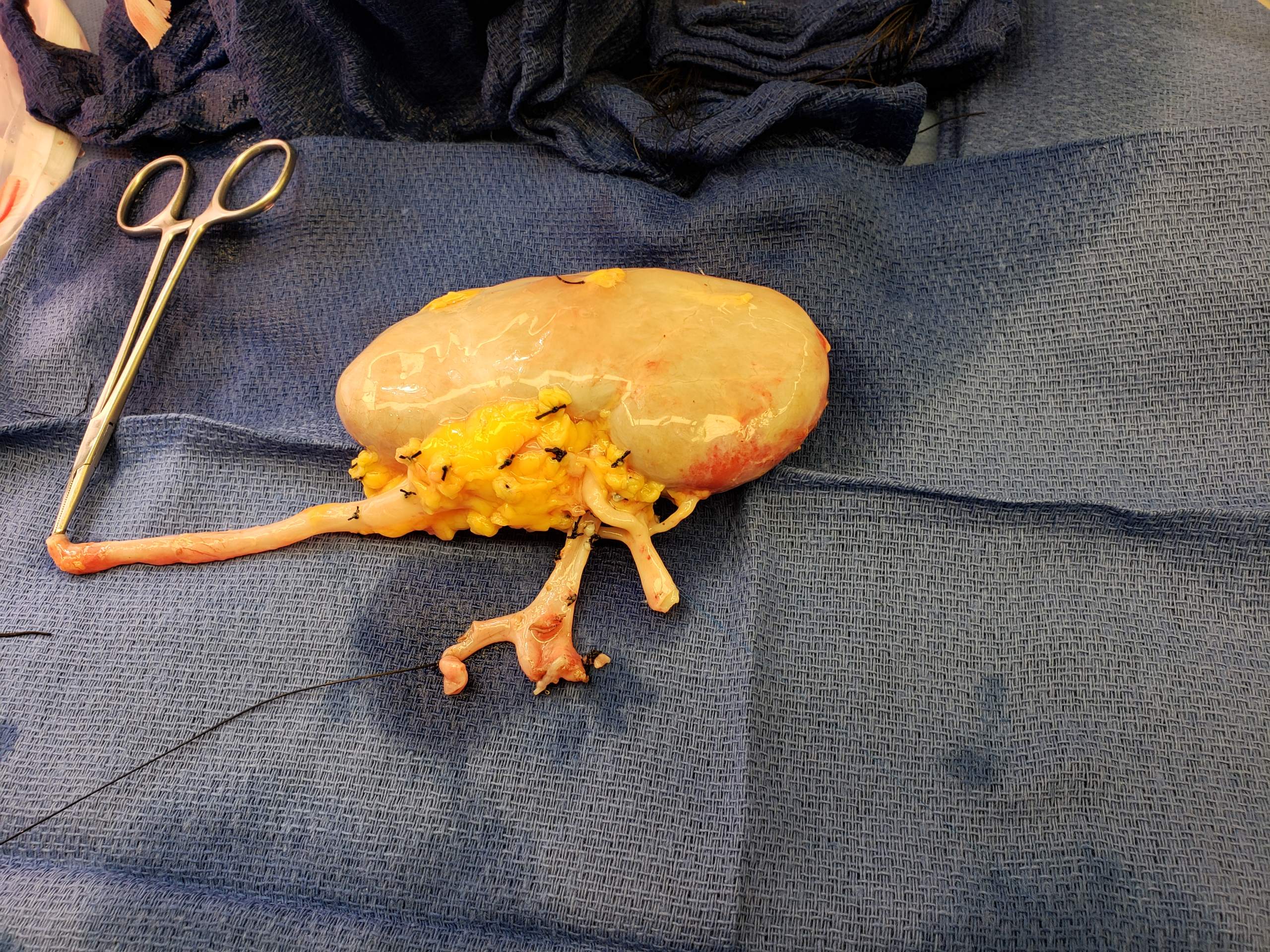|
Allograft
Allotransplant (''allo-'' meaning "other" in Ancient Greek, Greek) is the Organ transplant, transplantation of cell (biology), cells, Biological tissue, tissues, or Organ (anatomy), organs to a recipient from a genetically non-identical donor of the same species. The transplant is called an allograft, allogeneic transplant, or homograft. Most human tissue and organ transplants are allografts. It is contrasted with autotransplantation (from one part of the body to another in the same person), syngenic transplantation of isografts (grafts transplanted between two genetically identical individuals) and xenotransplantation (from other species). Allografts can be referred to as "homostatic" if they are biologically inert when transplanted, such as bone and cartilage.(W. P. Longmire, ''J. National Cancer Institute'' 14, 669: ''The term ''homostatic graft'' might be applied to inert tissues such as bone and cartilage when transferred from one individual to another of the same species; ... [...More Info...] [...Related Items...] OR: [Wikipedia] [Google] [Baidu] |
Organ Transplant
Organ transplantation is a medical procedure in which an organ (anatomy), organ is removed from one body and placed in the body of a recipient, to replace a damaged or missing organ. The donor and recipient may be at the same location, or organs may be transported from a Organ donation, donor site to another location. Organ (anatomy), Organs and/or Tissue (biology), tissues that are transplanted within the same person's body are called autografts. Transplants that are recently performed between two subjects of the same species are called allografts. Allografts can either be from a living or cadaveric source. Organs that have been successfully transplanted include the Heart transplantation, heart, Kidney transplantation, kidneys, Liver transplantation, liver, Lung transplantation, lungs, Pancreas transplantation, pancreas, Intestinal transplant, intestine, Thymus transplantation, thymus and uterus transplantation, uterus. Tissues include Bone grafting, bones, tendons (both refe ... [...More Info...] [...Related Items...] OR: [Wikipedia] [Google] [Baidu] |
Liver Transplantation
Liver transplantation or hepatic transplantation is the replacement of a diseased liver with the healthy liver from another person (allograft). Liver transplantation is a treatment option for end-stage liver disease and acute liver failure, although availability of donor organs is a major limitation. Liver transplantation is highly regulated, and only performed at designated transplant medical centers by highly trained transplant physicians. Favorable outcomes require careful screening for eligible recipients, as well as a well-calibrated live or deceased donor match. Medical uses Liver transplantation is a potential treatment for acute or chronic conditions which cause irreversible and severe ("end-stage") liver dysfunction. Since the procedure carries relatively high risks, is resource-intensive, and requires major life modifications after surgery, it is reserved for dire circumstances. Judging the appropriateness/effectiveness of liver transplant on case-by-case basis is ... [...More Info...] [...Related Items...] OR: [Wikipedia] [Google] [Baidu] |
Anterior Cruciate Ligament
The anterior cruciate ligament (ACL) is one of a pair of cruciate ligaments (the other being the posterior cruciate ligament) in the human knee. The two ligaments are called "cruciform" ligaments, as they are arranged in a crossed formation. In the quadruped stifle joint (analogous to the knee), based on its anatomical position, it is also referred to as the cranial cruciate ligament. The term cruciate is Latin for cross. This name is fitting because the ACL crosses the posterior cruciate ligament to form an "X". It is composed of strong, fibrous material and assists in controlling excessive motion by limiting mobility of the joint. The anterior cruciate ligament is one of the four main ligaments of the knee, providing 85% of the restraining force to anterior tibial displacement at 30 and 90° of knee flexion. The ACL is the most frequently injured ligament in the knee. Structure The ACL originates from deep within the notch of the distal femur. Its proximal fibers fan out alo ... [...More Info...] [...Related Items...] OR: [Wikipedia] [Google] [Baidu] |
Xenotransplantation
Xenotransplantation (''xenos-'' from the Greek meaning "foreign" or strange), or heterologous transplant, is the transplantation of living cells, tissues or organs from one species to another.Xenotransplantation Definition by the World Health Organization Such cells, tissues or organs are called xenografts or xenotransplants. It is contrasted with (from other individual of same species), syngeneic transplantation or isotransplantation (grafts transplanted between two genetically identical individuals of the same species), and [...More Info...] [...Related Items...] OR: [Wikipedia] [Google] [Baidu] |
Transplant Rejection
Transplant rejection occurs when transplanted tissue is rejected by the recipient's immune system, which destroys the transplanted tissue. Transplant rejection can be lessened by determining the molecular similitude between donor and recipient and by use of immunosuppressant drugs after transplant. Types Transplant rejection can be classified into three types: hyperacute, acute, and chronic. These types are differentiated by how quickly the recipient's immune system is activated and the specific aspect or aspects of immunity involved. Hyperacute rejection Hyperacute rejection is a form of rejection that manifests itself in the minutes to hours following transplantation. It is caused by the presence of pre-existing antibodies in the recipient that recognize antigens in the donor organ. These antigens are located on the endothelial lining of blood vessels within the transplanted organ and, once antibodies bind, will lead to the rapid activation of the complement system. ... [...More Info...] [...Related Items...] OR: [Wikipedia] [Google] [Baidu] |
Spinal Fusion
Spinal fusion, also called spondylodesis or spondylosyndesis, is a surgery performed by Orthopedic surgery#Practice, orthopaedic surgeons or neurosurgeons that joins two or more vertebrae. This procedure can be performed at any level in the spine (cervical, thoracic, lumbar, or sacral) and prevents any movement between the fused vertebrae. There are many types of spinal fusion and each technique involves using bone grafting—either from the patient (autotransplantation, autograft), donor (allograft), or artificial bone substitutes—to help the bones heal together. Additional hardware (screws, plates, or Interbody fusion cage, cages) is often used to hold the bones in place while the graft fuses the two vertebrae together. The placement of hardware can be guided by fluoroscopy, Computer-assisted surgery, navigation systems, or Robot-assisted surgery, robotics. Spinal fusion is most commonly performed to relieve the pain and pressure from mechanical pain of the vertebrae or on th ... [...More Info...] [...Related Items...] OR: [Wikipedia] [Google] [Baidu] |
Heart Transplantation
A heart transplant, or a cardiac transplant, is a surgical transplant procedure performed on patients with end-stage heart failure when other medical or surgical treatments have failed. , the most common procedure is to take a functioning heart from a recently deceased organ donor (brain death is the most common) and implant it into the patient. The patient's own heart is either removed and replaced with the donor heart ( orthotopic procedure) or, much less commonly, the recipient's diseased heart is left in place to support the donor heart (heterotopic, or "piggyback", transplant procedure). Approximately 5,000 heart transplants are performed each year worldwide, more than half of which are in the US. Post-operative survival periods average 15 years. Heart transplantation is not considered to be a cure for heart disease; rather it is a life-saving treatment intended to improve the quality and duration of life for a recipient. History American medical researcher Simon Fle ... [...More Info...] [...Related Items...] OR: [Wikipedia] [Google] [Baidu] |
Kidney Transplantation
Kidney transplant or renal transplant is the organ transplant of a kidney into a patient with end-stage kidney disease (ESRD). Kidney transplant is typically classified as deceased-donor (formerly known as cadaveric) or living-donor transplantation depending on the source of the donor organ. Living-donor kidney transplants are further characterized as genetically related (living-related) or non-related (living-unrelated) transplants, depending on whether a biological relationship exists between the donor and recipient. The first successful kidney transplant was performed in 1954 by a team including Joseph Murray, the recipient's surgeon, and Hartwell Harrison, surgeon for the donor. Murray was awarded a Nobel Prize in Physiology or Medicine in 1990 for this and other work. In 2018, an estimated 95,479 kidney transplants were performed worldwide, 36% of which came from living donors. Before receiving a kidney transplant, a person with ESRD must undergo a thorough medical evaluat ... [...More Info...] [...Related Items...] OR: [Wikipedia] [Google] [Baidu] |
American Association Of Tissue Banks
The American Association of Tissue Banks (AATB) is a nonprofit transplant trade organization that is dedicated to ensuring that human tissues intended for transplantation are safe and free of infectious disease, of uniform high quality, and available in quantities sufficient to meet national needs. AATB is located in McLean, Virginia. It was founded in 1976 and consists of 1,100 members. The AATB provides accreditation for over 100 tissue banks. According to their website, AATB is a voluntary association of organizations committed to obtaining tissues for allografts (transplant) and providing the general public and the medical community with the safest products possible. The program is not regulatory in nature, but educational. The AATB also accommodates accreditation to non-transplant tissue banks and whole body donation programs. To avoid violating the Health Insurance Portability and Accountability Act The Health Insurance Portability and Accountability Act of 1996 (HIPA ... [...More Info...] [...Related Items...] OR: [Wikipedia] [Google] [Baidu] |
Autotransplantation
Autotransplantation is the transplantation of organs, tissues, or even particular proteins from one part of the body to another in the same person ('' auto-'' meaning "self" in Greek). The autologous tissue (also called autogenous, autogeneic, or autogenic tissue) transplanted by such a procedure is called an autograft or autotransplant. It is contrasted with allotransplantation (from other individual of the same species), syngeneic transplantation (grafts transplanted between two genetically identical individuals of the same species) and xenotransplantation (from other species). A common example is the removal of a piece of bone (usually from the hip) and its being ground into a paste for the reconstruction of another portion of bone. Autotransplantation, although most common with blood, bone, hematopoietic stem cells, or skin, can be used for a wide variety of organs. One of the rare examples is autotransplantation of a kidney from one side of the body to the other. Kid ... [...More Info...] [...Related Items...] OR: [Wikipedia] [Google] [Baidu] |





